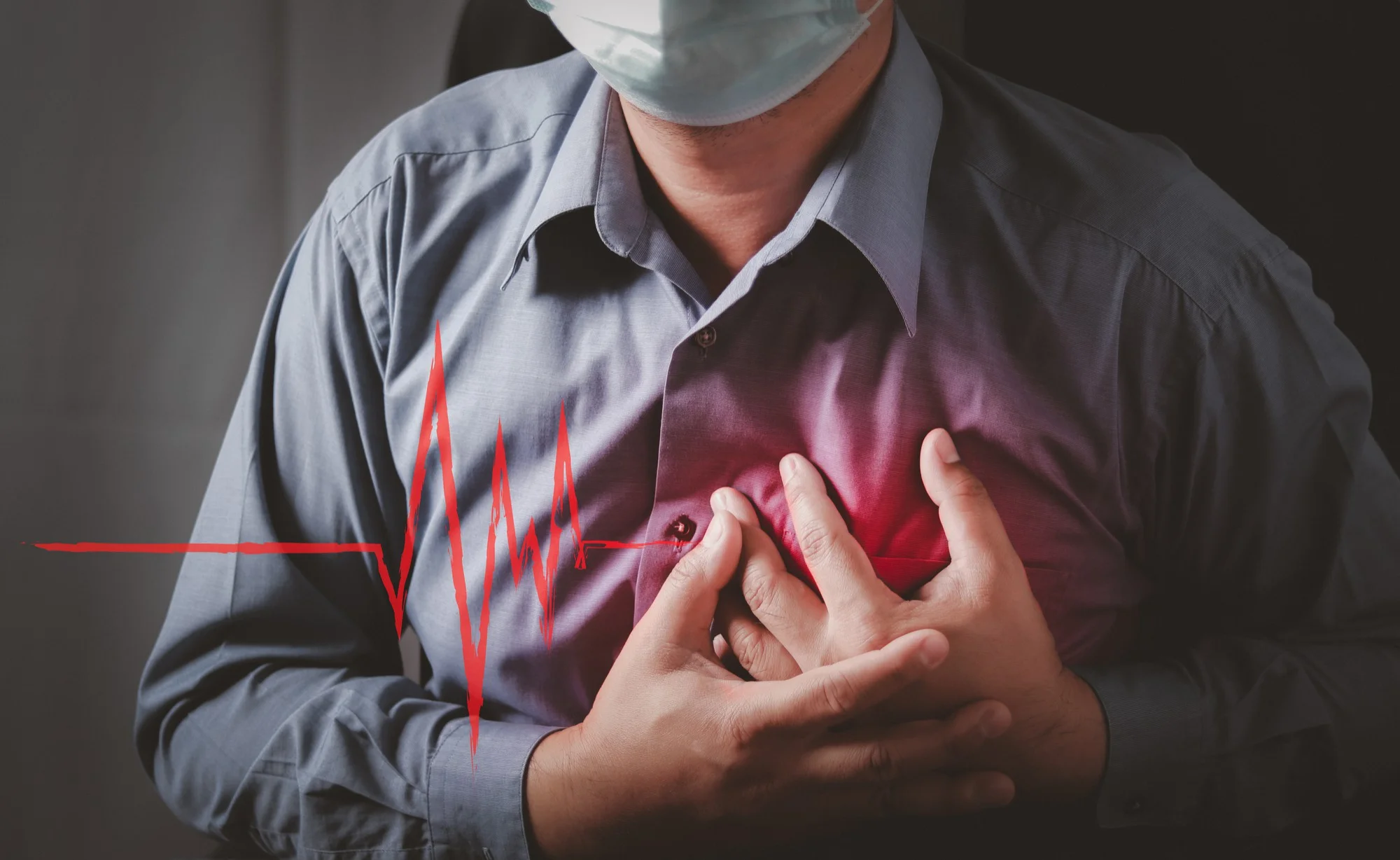Keywords
1. UB-ROSC Score
2. Out-of-Hospital Cardiac Arrest
3. ROSC prediction
4. Cardiac resuscitation
5. Utstein-based score
[Lugano, Switzerland, January 19, 2024] A groundbreaking study on a newly developed Utstein-Based score for predicting the likelihood of Return of Spontaneous Circulation (ROSC) in Out-of-Hospital Cardiac Arrest (OHCA) victims has been validated using extensive data from two prominent European cardiac arrest registries.
Published in the esteemed journal ‘Resuscitation’ (DOI: 10.1016/j.resuscitation.2024.110113), the study utilizes consecutive patients’ information from January 1st, 2019, to December 31st, 2021, contributed by the SWiss REgistry of Cardiac Arrest (SWISSRECA) and the Lombardia Cardiac Arrest Registry (Lombardia CARe) in Northern Italy.
Through meticulous research and analysis, the UB-ROSC score has shown a stark capability to accurately predict the restoration of a heartbeat in individuals who have experienced sudden cardiac arrest outside a medical facility. With ROSC being a critical indicator of survival possibility, this score helps healthcare professionals potentially save more lives by making informed, real-time decisions during emergencies.
The study, led by Maria Luce Caputo from the Cardiocentro Ticino Institute-EOC and the Fondazione Ticino Cuore, alongside a team of highly esteemed researchers, included a total of 12,577 patients. Among these, 2,719 patients (22%) achieved sustained ROSC, underscoring the grave nature of OHCA scenarios and the importance of rapid and accurate response by medical teams.
The UB-ROSC score categorizes OHCA victims into three subgroups based on their probability of achieving ROSC: low (≤-19 score), medium (-18 to 12 score), and high (≥13 score). According to the research, in the low likelihood subgroup of UB-ROSC, the probability of patients achieving ROSC was only 10%, which significantly increased to 36% for those with a score between -18 and 12, and 85% for those with a score of 13 or more.
The innovative aspect of UB-ROSC lies not only in its predictive ability but also in its calibration and discrimination prowess. With an Area Under the Curve (AUC) of 0.71 (95% Confidence Interval [CI] 0.70-0.72), the model stands out as well-calibrated and displays commendable discrimination between those who are likely and unlikely to experience ROSC.
This major advancement in pre-hospital care is evidence of the strides being made in cardiology and emergency care, enabling medical teams to more effectively serve the community and save lives during the critical moments following a cardiac arrest.
The authors affirm the reliability of the UB-ROSC score as a useful instrument in the medical decision-making process. By providing realistic stratification of ROSC probability, emergency care providers can better tailor their interventions and prioritize their efforts more adeptly during the golden window for resuscitation.
In the realm of emergency cardiac care, the UB-ROSC model stands as a beacon of hope and an example of innovative strides made toward the life-saving capabilities of our healthcare systems. The authors of the study have declared no competing financial interests or personal relationships that could have influenced the work reported in this paper.
Further literature on this can be found within these crucial references:
1. Cummins RO, Ornato JP, Thies WH, Pepe PE. Improving survival from sudden cardiac arrest: the “chain of survival” concept. A statement for health professionals from the Advanced Cardiac Life Support Subcommittee and the Emergency Cardiac Care Committee, American Heart Association. Circulation. 1991;83(5):1832-1847. DOI: 10.1161/01.CIR.83.5.1832.
2. Perkins GD, Jacobs IG, Nadkarni VM, et al. Cardiac Arrest and Cardiopulmonary Resuscitation Outcome Reports: Update of the Utstein Resuscitation Registry Templates for Out-of-Hospital Cardiac Arrest. Resuscitation. 2015;96:328-40. DOI: 10.1016/j.resuscitation.2014.11.002.
3. Gräsner JT, Lefering R, Koster RW, et al. EuReCa ONE – 27 Nations, ONE Europe, ONE Registry. A prospective one-month analysis of out-of-hospital cardiac arrest outcomes in 27 countries in Europe. Resuscitation. 2016;105:188-195. DOI: 10.1016/j.resuscitation.2016.06.004.
4. Nolan JP, Hazinski MF, Aickin R, et al. Part 1: Executive Summary: 2015 American Heart Association Guidelines Update for Cardiopulmonary Resuscitation and Emergency Cardiovascular Care. Circulation. 2015;132(18 suppl 2):S315-S367. DOI: 10.1161/CIR.0000000000000252.
5. Wissenberg M, Lippert FK, Folke F, et al. Association of National Initiatives to Improve Cardiac Arrest Management With Rates of Bystander Intervention and Patient Survival After Out-of-Hospital Cardiac Arrest. JAMA. 2013;310(13):1377-1384. DOI: 10.1001/jama.2013.278483.
This extraordinary validation of the UB-ROSC score not only represents a pivotal leap in the assessment of cardiac arrest scenarios but also paves the way for future improvements in emergency medical responses and patient outcomes. The healthcare field continues to evolve, tirelessly striving for advancements that can change the face of survival in acute medical emergencies such as cardiac arrest.
